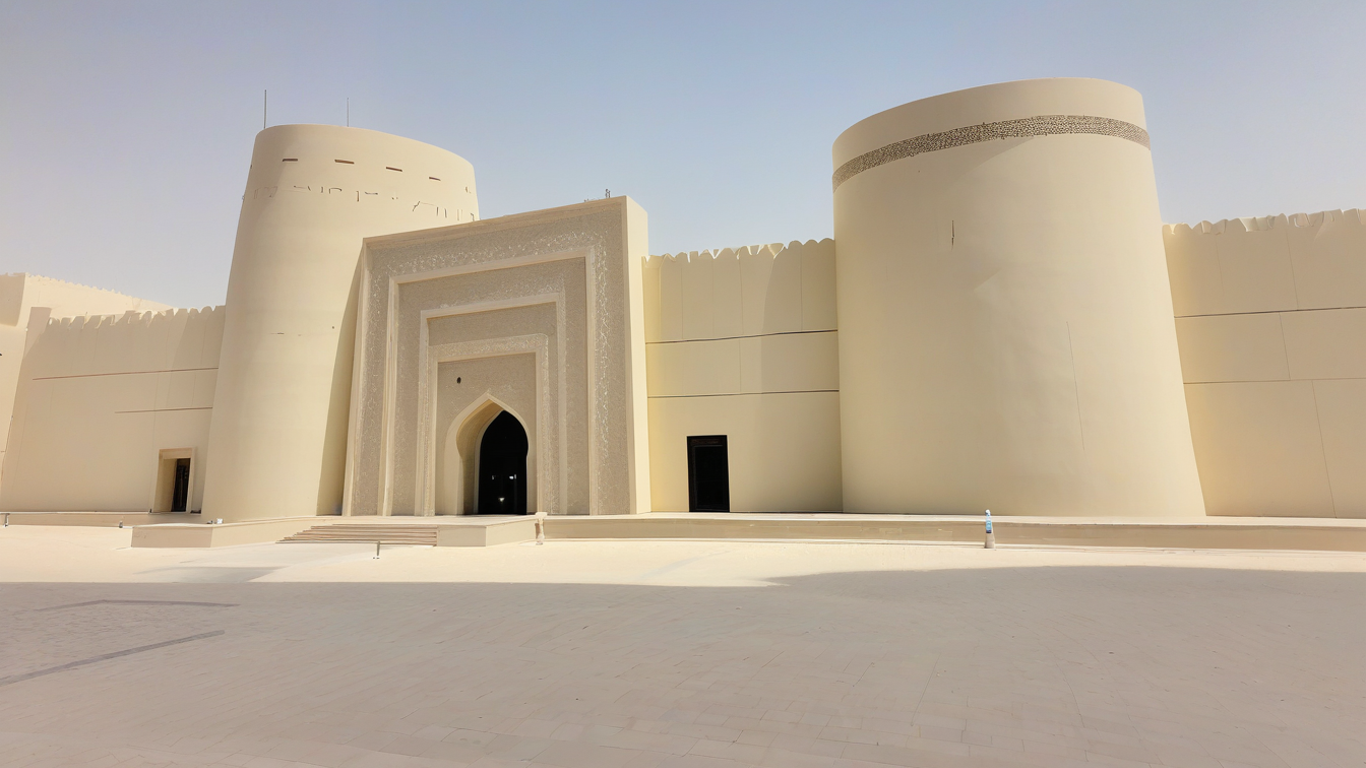 Museums
Museums
Al Ain National Museum: Unveiling 7,000 Years of UAE Heritage
Nestled in the heart of Al Ain's verdant oasis, the Al Ain National Museum stands as a testament to the United Arab Emirates' rich cultural tapestry, weaving together thousands of years of human civilization in this ancient land. As the oldest museum in the UAE, this remarkable institution offers visitors an extraordinary journey through time, from the Stone Age to the modern formation of the Emirates.
Imagine walking through galleries where Bronze Age artifacts whisper stories of ancient civilizations, where moon rocks gifted by NASA rest alongside traditional Bedouin jewelry, and where every corner reveals another chapter of the UAE's fascinating transformation from desert oasis to modern metropolis. This is the magic that awaits at the Al Ain National Museum Abu Dhabi.
Important Notice: The Al Ain National Museum is currently undergoing renovation work as of 2024. Please check official sources for reopening updates before planning your visit.
A Living Chronicle of Ancient Arabia
The story of the Al Ain National Museum begins with a visionary leader's dream. In 1969, under the guidance of Sheikh Zayed bin Sultan Al Nahyan, the founding father of the UAE, this cultural treasure was established to preserve and showcase the region's archaeological heritage. What started as a modest exhibition in the historic Sultan Fort has evolved into one of the Middle East's most significant repositories of ancient Arabian culture.
The museum's location is no accident. Al Ain, known as the "Garden City" of the UAE, has been continuously inhabited for over 4,000 years, making it one of the world's oldest permanently settled sites. Archaeological evidence suggests that this oasis has been a crucial crossroads for trade routes connecting Mesopotamia, Persia, and the Indian Ocean civilizations for millennia.
Walking through the museum's halls, visitors encounter artifacts that span from the sixth millennium BCE to the modern era. The collection includes everything from primitive flint tools and arrowheads to sophisticated Bronze Age pottery, Islamic-era manuscripts, and contemporary gifts from world leaders to the UAE's founding fathers.
The Archaeological Marvel
The archaeological section of the national museum Al Ain represents one of the most comprehensive collections of Arabian Peninsula artifacts in the world. The journey begins with Stone Age implements discovered in the surrounding desert, including beautifully crafted flint arrowheads and tools that speak to the ingenuity of early human settlers in this harsh but resource-rich environment.
Perhaps the most captivating displays feature artifacts from the Bronze Age Umm an-Nar period (2700-2000 BCE). These include intricately decorated pottery vessels, bronze weapons, and jewelry that demonstrate the sophisticated craftsmanship of ancient artisans. Many of these treasures were discovered in the famous "beehive" tombs of Jebel Hafit, Abu Dhabi's highest mountain, where circular stone structures served as communal burial sites for entire communities.
The Hili period exhibits showcase the remarkable Grand Tomb, a architectural masterpiece that has survived for over 4,000 years. The museum displays artifacts recovered from this site, including decorative elements, personal ornaments, and ceremonial objects that provide insights into the social structure and religious beliefs of Bronze Age societies.
Treasures Beyond Time: Museum Highlights
The NASA Moon Rock
One of the museum's most extraordinary exhibits is a genuine moon rock gifted to the UAE by NASA following the historic Apollo 17 mission. This celestial fragment represents not only scientific achievement but also the strong diplomatic ties between the UAE and the United States, symbolizing the country's forward-looking vision that bridges ancient heritage with space-age ambitions.
The Ethnography Galleries: Life Before Oil
The ethnography section of the Al Ain National Museum provides an intimate glimpse into traditional Emirati life before the discovery of oil transformed the region. These galleries recreate the daily existence of Bedouin communities, showcasing traditional dwellings, clothing, tools, and social customs that sustained desert life for centuries.
Visitors can examine authentic majlis seating arrangements, traditional coffee-making implements, and the intricate falaj irrigation systems that made agriculture possible in this arid landscape. The displays include traditional women's jewelry, men's daggers (khanjars), and musical instruments that accompanied the oral poetry traditions that preserved Arabian culture across generations.
The section dedicated to traditional medicine reveals the sophisticated knowledge of desert pharmacology, with displays of medicinal plants, healing practices, and the tools used by traditional healers. These exhibits demonstrate how communities survived and thrived in one of the world's most challenging environments through accumulated wisdom and ingenious adaptations.
The Gifts Gallery: Diplomatic Treasures
The gifts section houses an extraordinary collection of presents given to Sheikh Zayed bin Sultan Al Nahyan by world leaders, ambassadors, and dignitaries. This diplomatic treasure trove includes golden swords, silver daggers, ornate ceremonial items, and artistic works from across the globe, each telling a story of international friendship and respect.
Among the most striking pieces is a golden palm tree, symbolizing the UAE's connection to its agricultural heritage, and various ceremonial weapons that demonstrate the finest craftsmanship from different cultures. These gifts serve as tangible evidence of the respect and admiration that Sheikh Zayed commanded internationally during his leadership of the UAE's formation and early development.
The Historic Sultan Fort: Guardian of the Past
Adjacent to the main museum building stands the magnificent Sultan Fort, also known as the Eastern Fort, which serves as both a historical monument and an integral part of the museum complex. Built in 1910 by Sheikh Sultan bin Zayed, this well-preserved mud-brick fortress represents the architectural heritage of traditional Arabian fortifications.
The fort's strategic location at the eastern edge of Al Ain Oasis made it a crucial defensive position, guarding the precious water sources and agricultural lands that sustained the community. Its thick walls, defensive towers, and carefully designed gates showcase the military architecture that protected oasis settlements from raiders and invaders.
Today, the fort houses temporary exhibitions and special displays that complement the main museum's permanent collection. The building itself has been meticulously restored using traditional materials and techniques, providing visitors with an authentic experience of historical Arabian architecture.
Planning Your Visit: Practical Information
Al Ain National Museum Ticket Price and Timings
Entry Fee: AED 3 for adults (subject to change)
Regular Hours: 8:00 AM - 7:30 PM (Closed Mondays)
Friday Hours: 3:00 PM - 7:30 PM
Location: Al Mutawaa, Al Ain, Abu Dhabi, UAE
Contact: +971-3-764-1595
Note: Hours and prices may vary during renovation period. Always check current status before visiting.
Getting There
The Al Ain National Museum Abu Dhabi is easily accessible from major UAE cities. From Dubai, the journey takes approximately 90 minutes by car via the Dubai-Al Ain Road (E66). From Abu Dhabi city, expect a drive of about 2 hours through scenic desert landscapes.
For those using public transportation, regular bus services connect Abu Dhabi and Dubai to Al Ain, with the museum located just a short walk from the main bus stations. The museum provides ample parking space for visitors arriving by private vehicle.
The museum's location within walking distance of Al Ain Oasis makes it perfect for combining cultural exploration with nature appreciation. Many visitors enjoy strolling through the palm groves and traditional falaj irrigation channels after their museum visit.
Best Time to Visit Al Ain National Museum
The optimal time to visit the Al Ain National Museum is during the cooler months from October to April, when temperatures are more comfortable for exploring both indoor and outdoor attractions. During this period, daytime temperatures range from 20-30°C (68-86°F), making it pleasant to walk around the oasis and fort areas.
Early morning visits (8:00-10:00 AM) offer the best experience, as the museum is less crowded and the lighting is ideal for photography. The golden hour before closing also provides beautiful lighting for exterior shots of the historic fort.
Weekdays are generally less busy than weekends, allowing for a more intimate experience with the exhibits. However, the museum's layout ensures that even during peak times, visitors can explore comfortably without feeling rushed.
What to Expect During Your Visit
A typical visit to the Al Ain National Museum requires 2-3 hours to fully appreciate all sections. The museum's thoughtful layout guides visitors chronologically through different historical periods, making it easy to follow the narrative of human development in the region.
All exhibits feature bilingual descriptions in Arabic and English, with clear explanations that make the content accessible to visitors of all backgrounds. Interactive displays and reconstructed scenes help bring ancient history to life, particularly appealing to younger visitors and families.
The museum shop offers carefully curated souvenirs, including replica artifacts, traditional crafts, and educational materials that allow visitors to take home a piece of UAE heritage. Photography is generally permitted in most areas, though visitors should respect any posted restrictions, particularly around sensitive religious or ceremonial items.
Combining Your Museum Visit
The Al Ain National Museum ticket provides excellent value when combined with other nearby attractions. The Al Ain Oasis, a UNESCO World Heritage site, lies adjacent to the museum and offers a peaceful contrast to the indoor historical experience. The traditional falaj irrigation system and thousands of date palms create a green sanctuary in the heart of the desert.
The Al Jahili Fort, another historical gem, stands just a few kilometers away and complements the museum visit with its own archaeological displays and cultural events. The Hili Archaeological Park, featuring the famous Bronze Age tombs and ancient settlements, provides context for many of the artifacts displayed in the museum.
For those interested in extending their Al Ain adventure, the city offers numerous other attractions including Jebel Hafit mountain with its scenic drive and hot springs, the vibrant Al Ain Camel Market, and the expansive Al Ain Zoo. These diverse attractions make Al Ain an ideal destination for a full day or weekend cultural expedition.
The Museum's Role in Cultural Preservation
Beyond its function as a tourist destination, the Al Ain National Museum serves as a vital center for archaeological research and cultural preservation in the UAE. The institution works closely with international universities and research organizations to continue excavations and studies of the region's ancient sites.
The museum's conservation laboratories work tirelessly to preserve and restore artifacts, ensuring that future generations can continue to learn from these tangible connections to the past. Educational programs for schools and universities make the museum a living classroom where young Emiratis can connect with their heritage.
Temporary exhibitions regularly feature new discoveries and research findings, keeping the museum's offerings fresh and relevant. These special displays often focus on specific archaeological sites, traditional crafts, or cultural practices, providing deeper insights into particular aspects of UAE heritage.
Digital Innovation Meets Ancient Heritage
The museum embraces modern technology to enhance visitor experiences while respecting traditional presentation methods. Virtual reality stations allow visitors to explore reconstructed ancient settlements, while interactive touch screens provide detailed information about artifacts and their historical context.
Augmented reality features help bring static displays to life, showing how ancient tools were used or how archaeological sites appeared in their original contexts. These technological innovations make the museum particularly engaging for younger visitors while maintaining the scholarly rigor that makes it valuable for serious students of history.
A Window into the Future
As the UAE continues to evolve and modernize, the Al Ain National Museum stands as a crucial reminder of the deep roots that anchor this rapidly developing nation. The museum's mission extends beyond mere preservation; it actively demonstrates how ancient wisdom and modern innovation can coexist and complement each other.
The current renovation and expansion projects promise to enhance the visitor experience while maintaining the museum's authentic character. Plans include improved climate control systems to better preserve artifacts, enhanced accessibility features, and expanded exhibition spaces that will allow more of the collection to be displayed.
Future developments may include expanded research facilities, enhanced educational programs, and stronger connections with international museums and cultural institutions. These improvements will ensure that the Al Ain National Museum continues to serve as the UAE's premier window into its ancient past while embracing the possibilities of the future.
Share Your Al Ain National Museum Experience!
Have you visited the Al Ain National Museum? We'd love to hear about your experience exploring the UAE's ancient heritage. Share your favorite exhibits, photos, and travel tips in the comments below to help fellow culture enthusiasts plan their perfect visit to this remarkable museum.
Whether you're a history buff fascinated by Bronze Age civilizations, a culture enthusiast exploring Bedouin traditions, or a family looking for an educational adventure, the Al Ain National Museum offers something extraordinary for every visitor. Start planning your journey through 7,000 years of human history today!
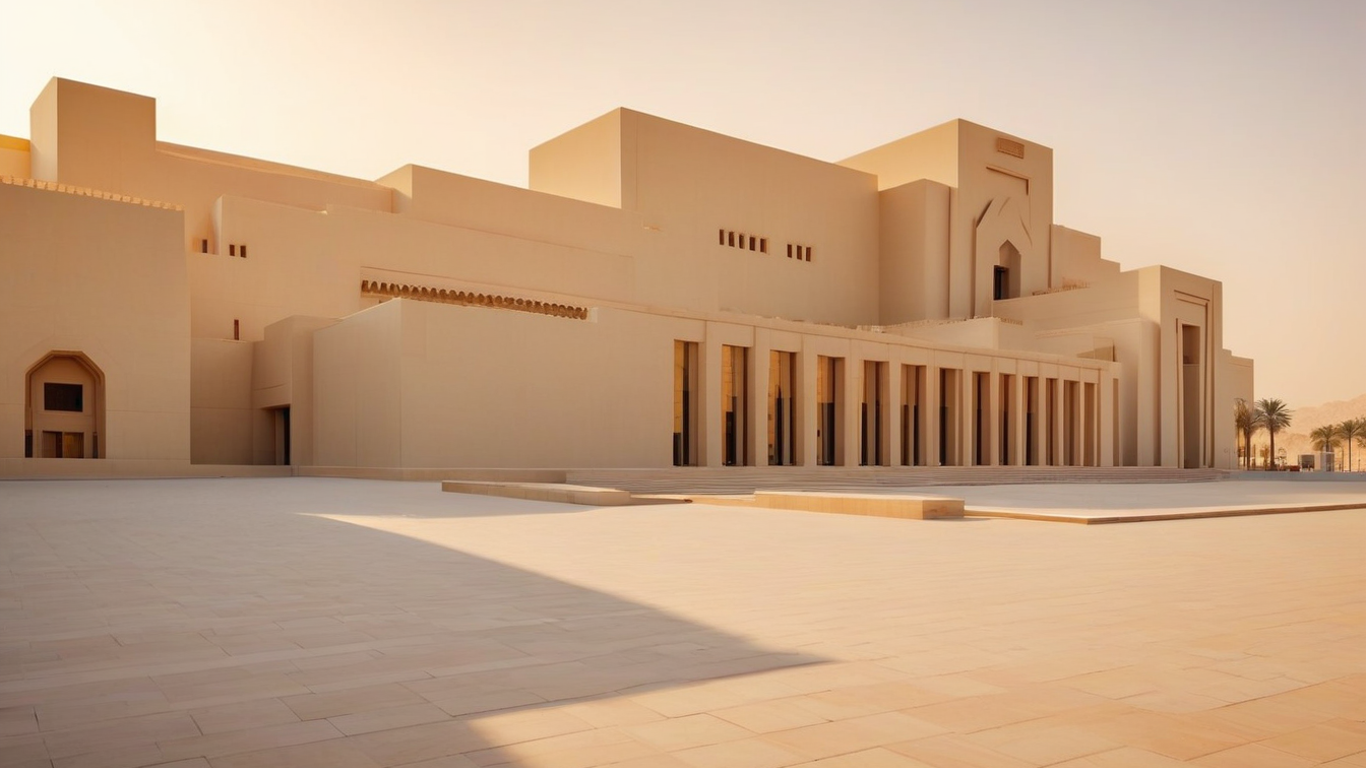
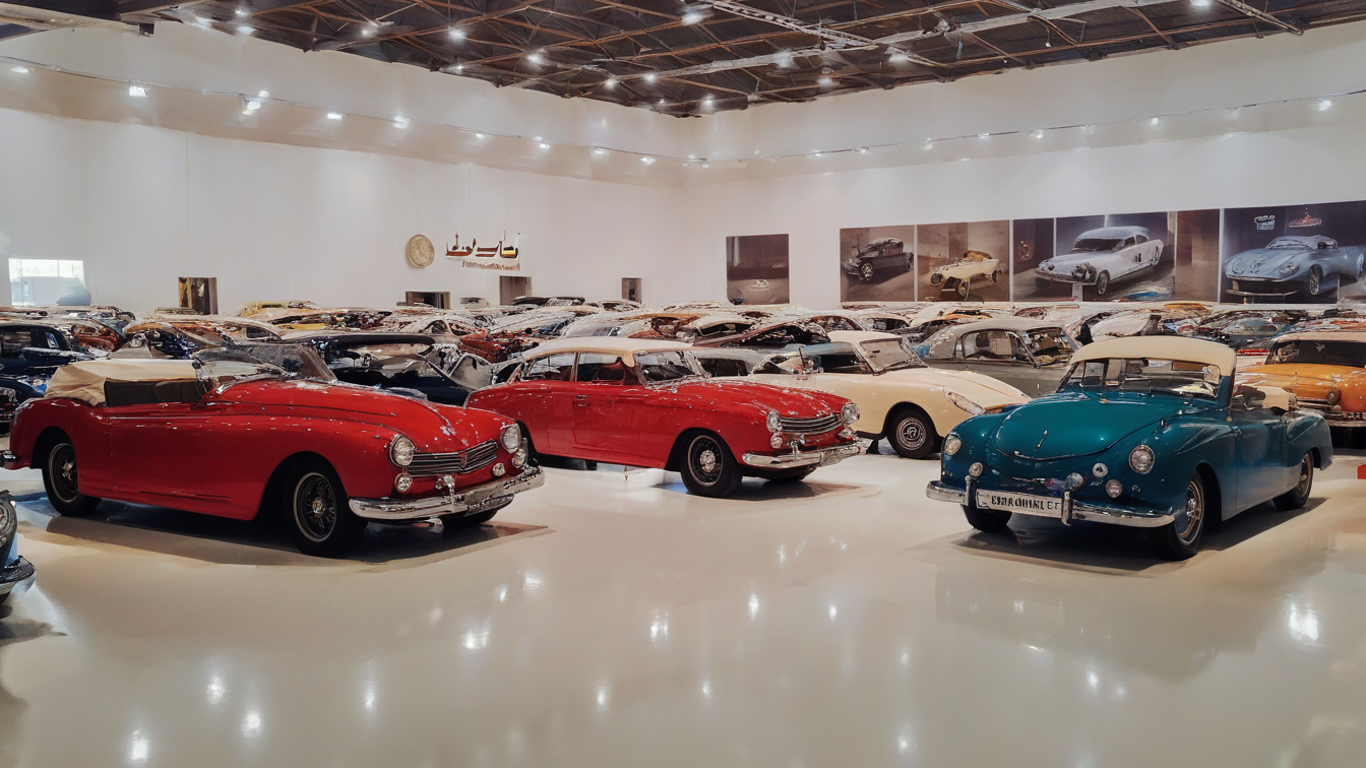
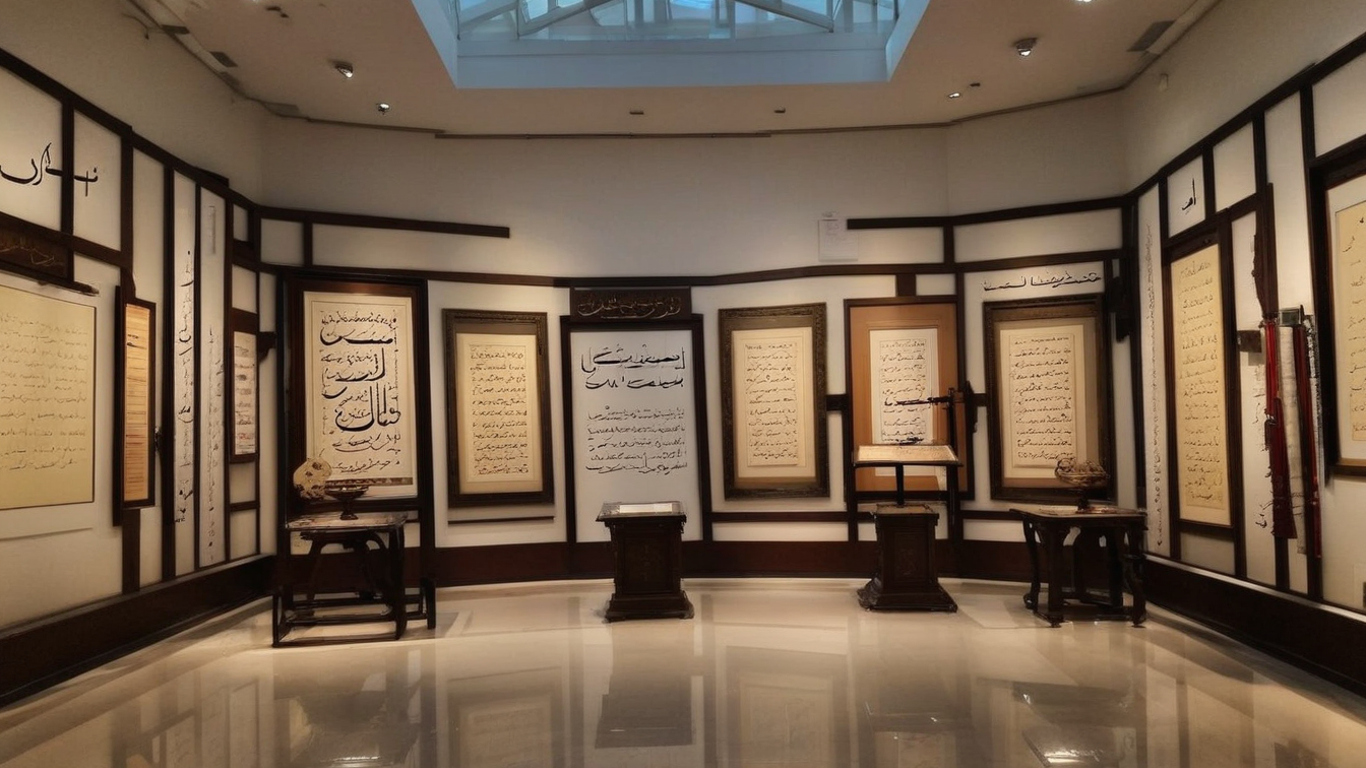

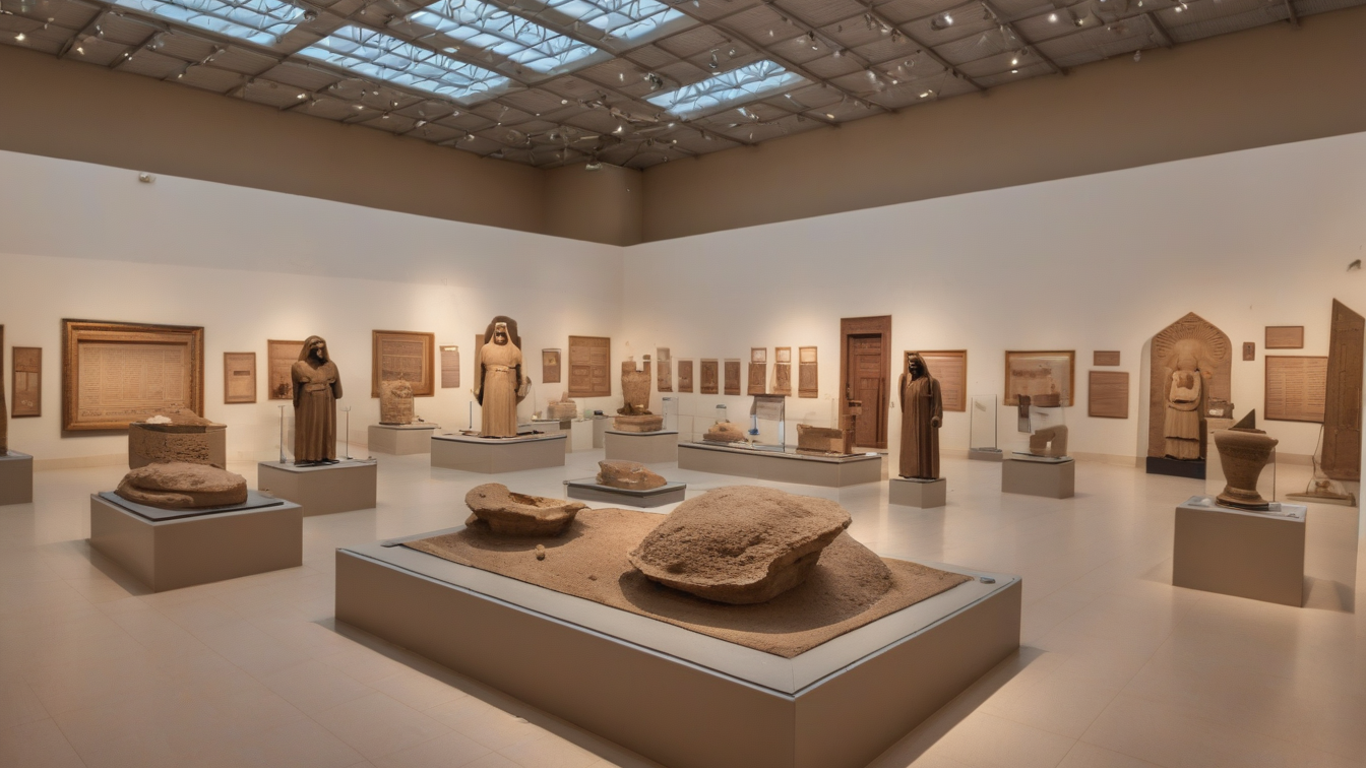
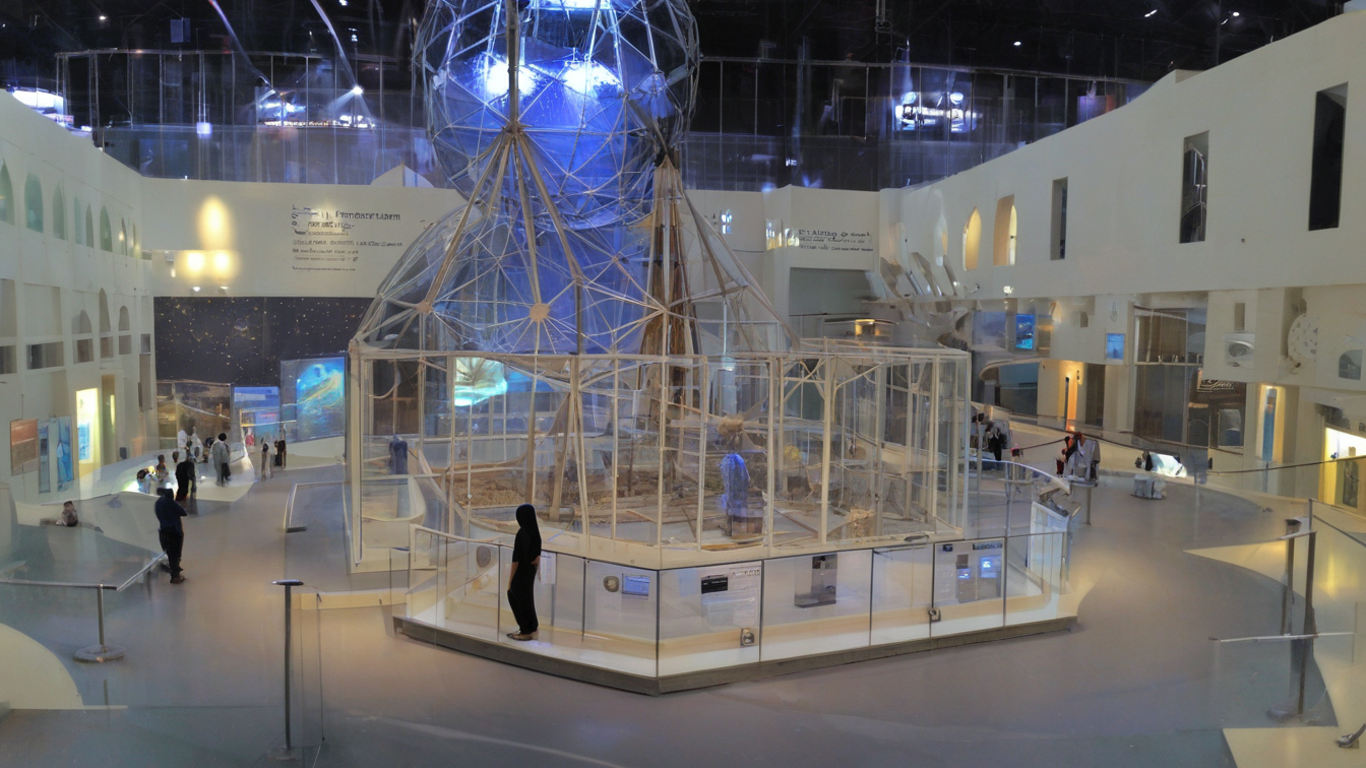
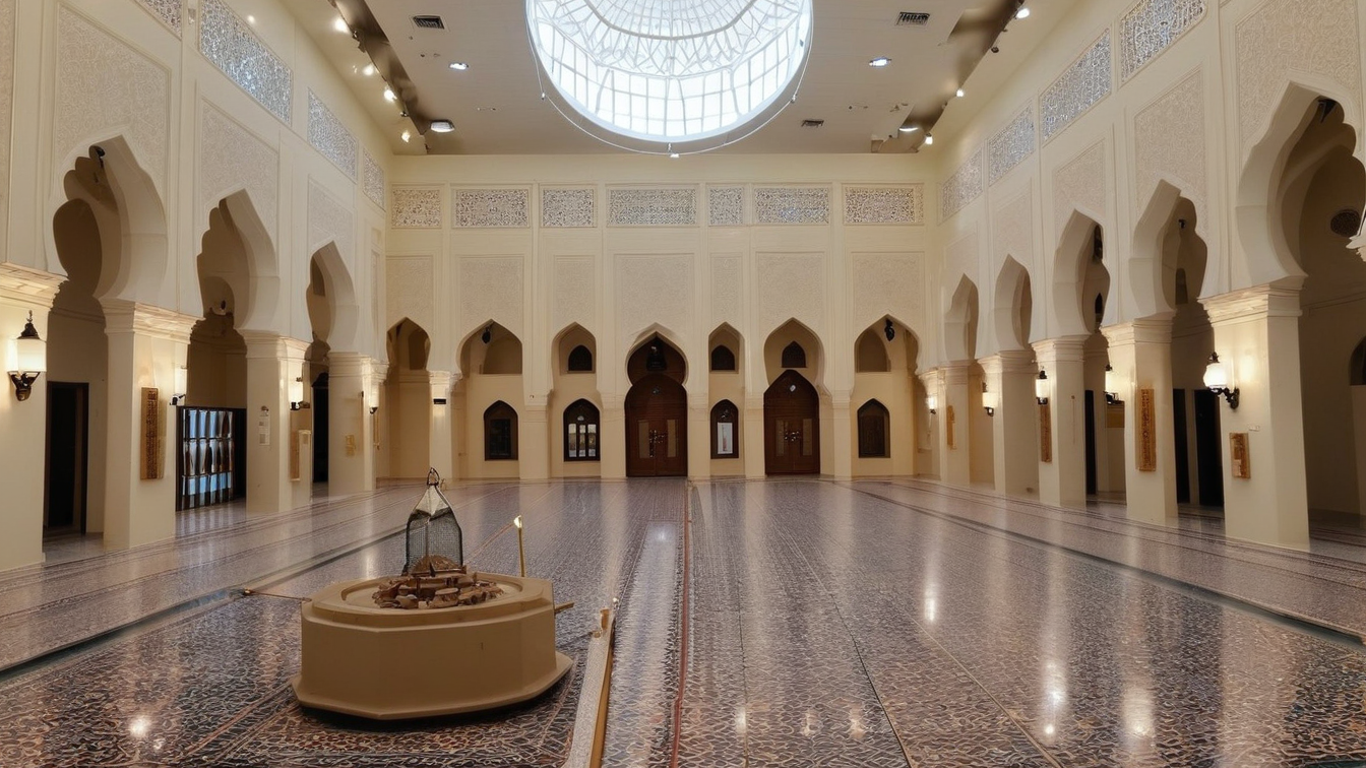
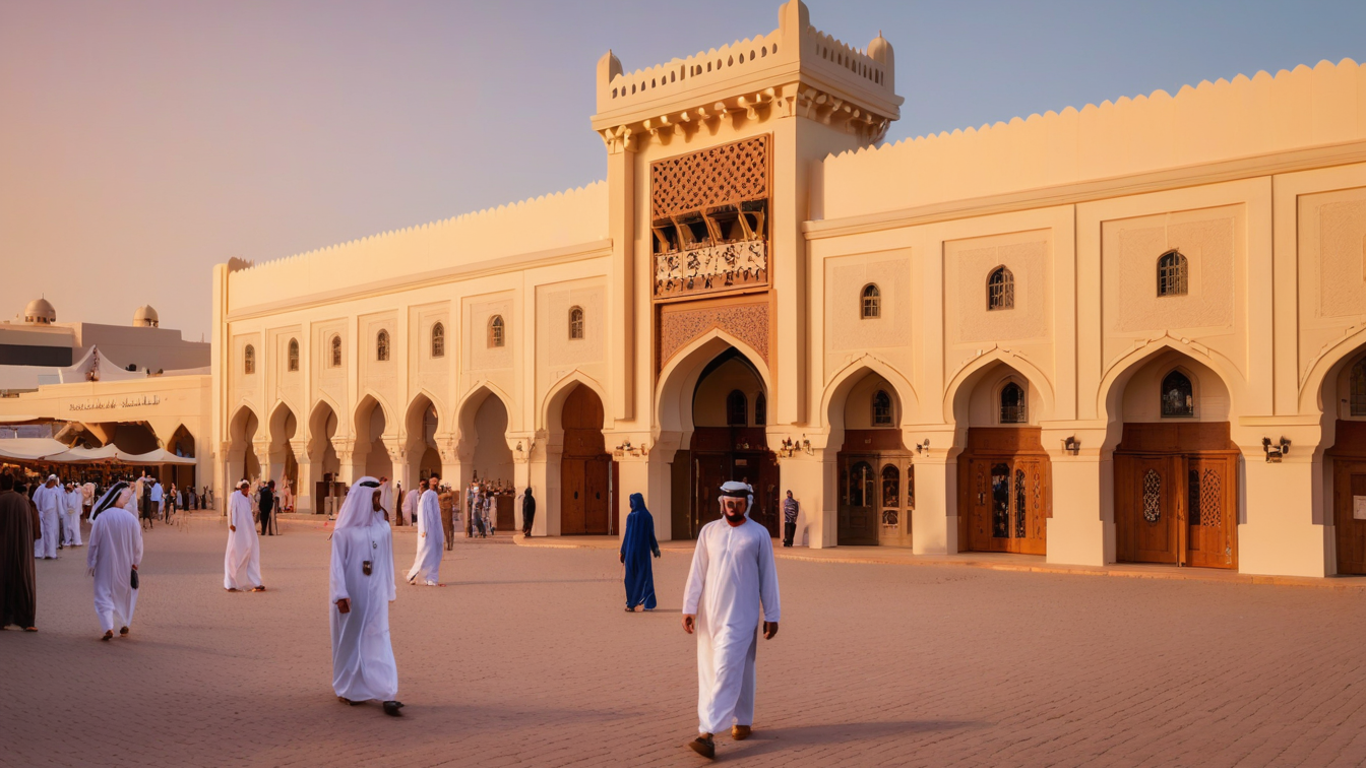

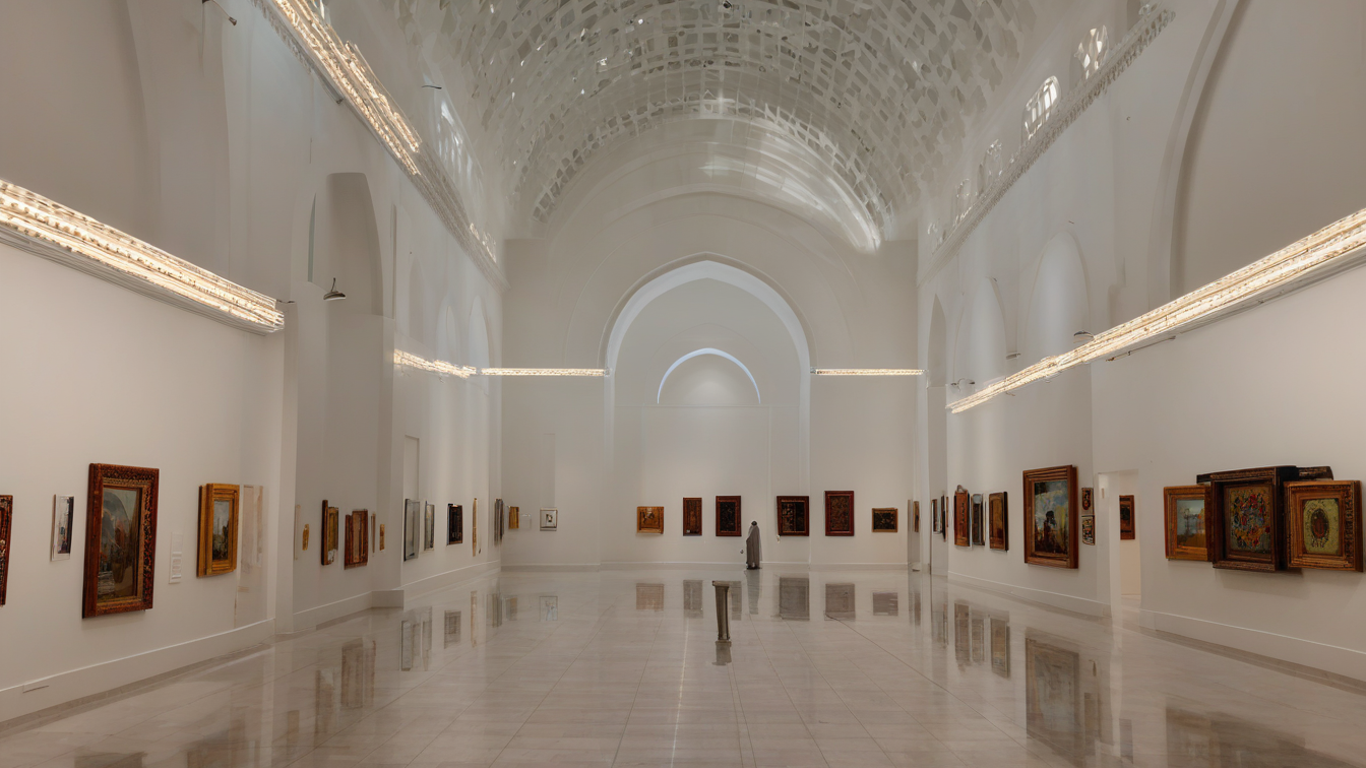
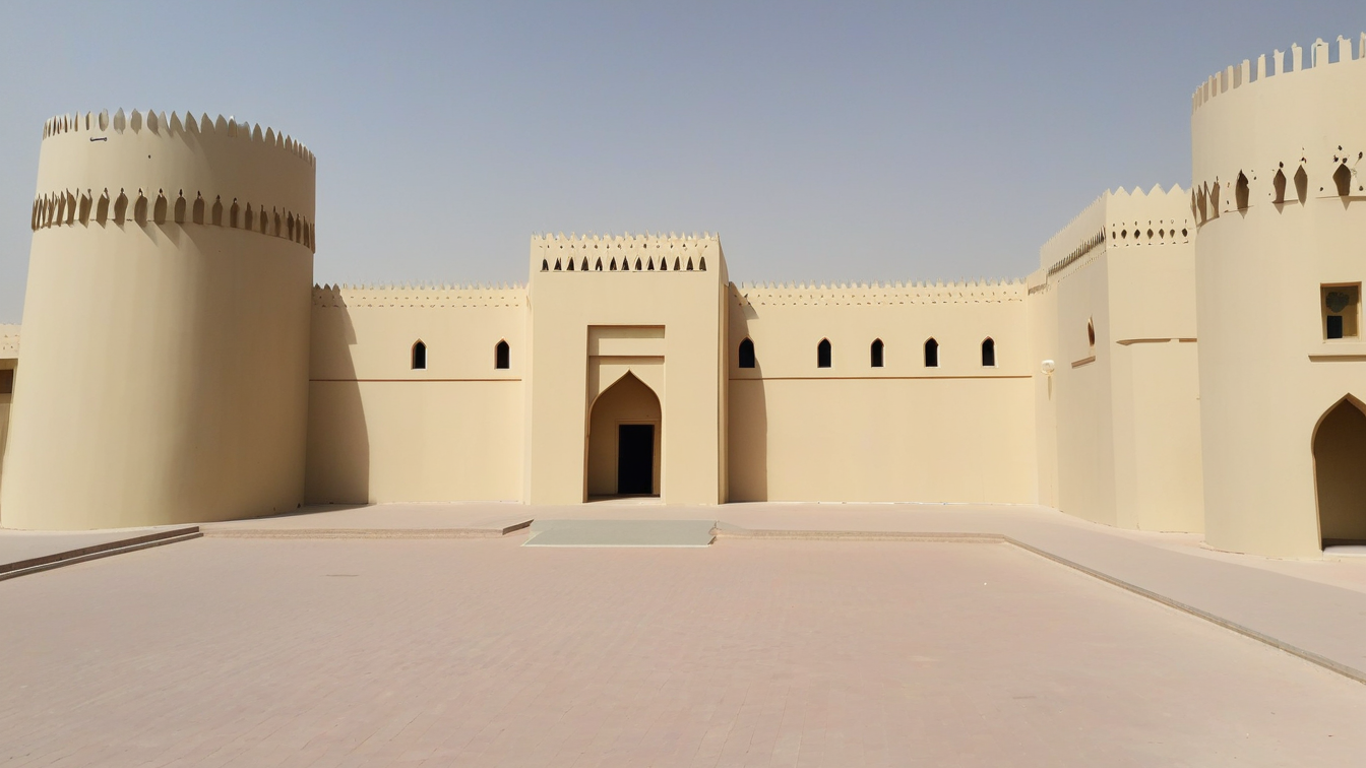


Comments (0)
{{ obj.comment_user_info.fullname }}
{{ obj.date_formatted }}{{ expandedComments[index] ? obj.comment : obj.comment.slice(0, 50) + (obj.comment.length > 50 ? '...' : '') }}
Add Comments
Login to comment